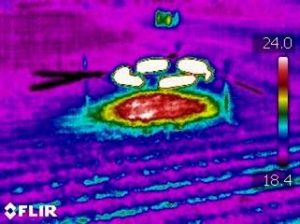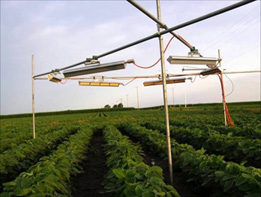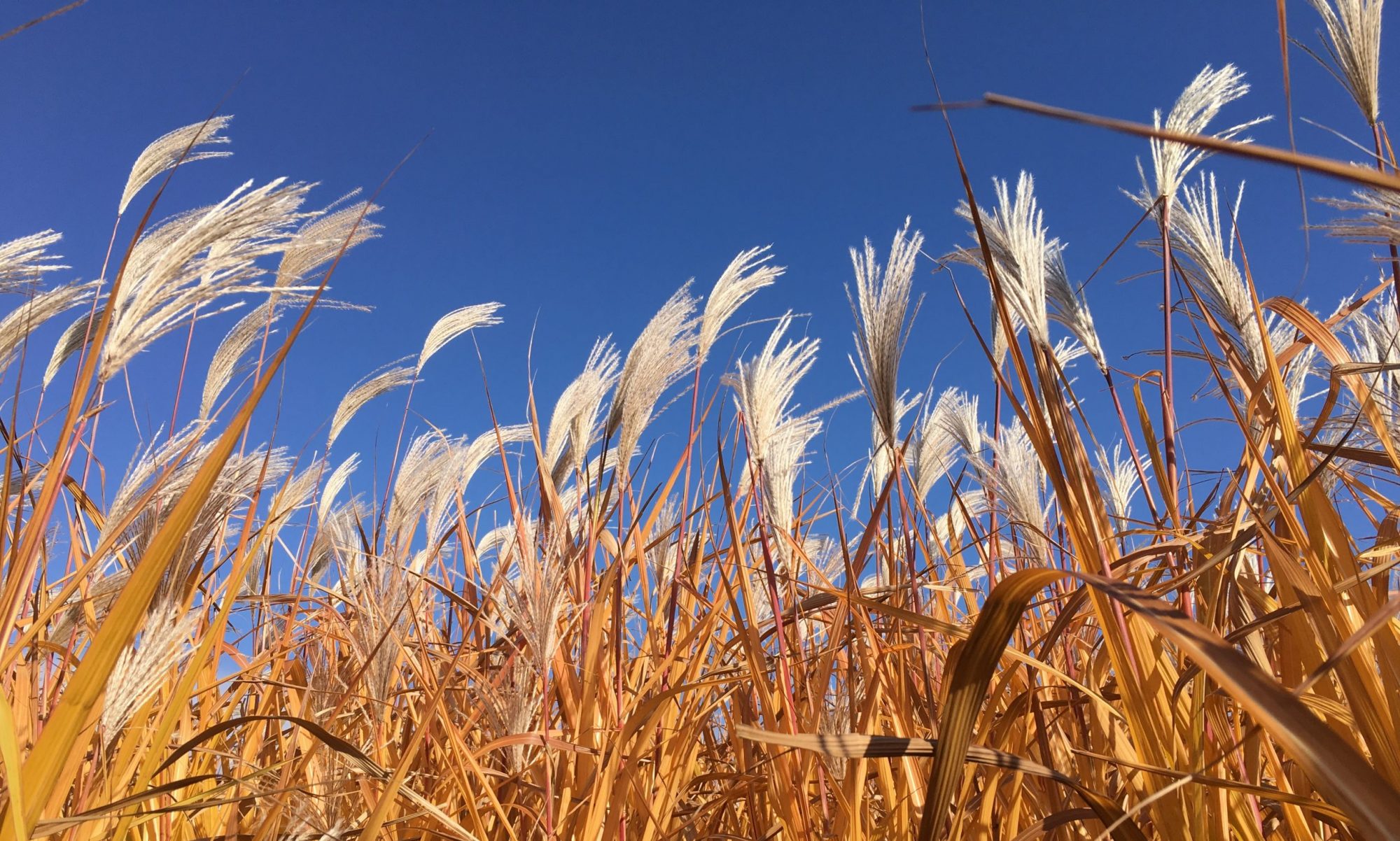Crop Physiology, Global Change, and Food Security

The interactive effects of elevated temperature and CO2 applied under field conditions on a soybean ecosystem
Objectives: Continual increases of atmospheric CO2 concentrations coupled with rising temperatures will alter terrestrial ecosystem functioning and primary productivity. Our objective of this proposed research is to address underlying physiological responses and consequent alterations of ecosystem carbon cycling and climate system feedbacks of soybean, a dominant species in the largest ecosystem in the Midwestern US, to growth in elevated CO2 and increased temperature under open-air conditions.
Hypotheses: We hypothesize that: (1) Higher temperatures will result in a decrease in gross primary productivity (GPP), an initial increase in plant (Rd) and soil (Rs) respiration, and, together these two responses will substantially lower net primary productivity (NPP). Over time, a decrease in the labile pool of C in the soil will result in lower heterotrophic soil respiration (Rh). (2) The combined increase in [CO2] with temperature will result in higher GPP as well as higher Rd and Rs than all other treatments, although the increase in GPP will offset higher Ra and Rs and lead to increases in NPP. Given a large pool of carbon in the form of plant residues, Rh will remain higher in this combination treatment.
Location: This study will take place at the Soybean Free Air gas Concentration Enrichment (SoyFACE) experiment in Champaign, IL.
Methods: We are installing infrared heater arrays over soybean in the control and elevated CO2 plots at SoyFACE which will be fully operational for the 2009 growing season. We will experimentally manipulate soybean growth and development according to the mid to upper predictions of CO2 (585 μmol m-2 s-1) and temperature (ambient + 3.5 °C) for midway through this century by the IPCC. Support is requested for two graduate students to measure responses of physiology, including development, biomass accumulation, photosynthesis, respiration, and water use, as well as various components of the annual carbon cycle, including Rs and soil organic C. Plant development, biomass accumulation, diurnal in situ photosynthesis and Rd will be collected in regular intervals throughout the growing season. Leaf biochemical and biophysical properties as related to photosynthesis will be determined in time intervals similar to the in situ photosynthesis measurements. We will monitor soil moisture, Rs and canopy evapotranspiration. The measurements will allow for determination of mechanistic responses of photosynthesis to the CO2 by temperature interaction.
Outcomes: The research focuses on the globally relevant topic of plant and ecosystem responses to combined climate and atmospheric change under field conditions. We will train two PhD students and several undergraduate students within the proposed project. The data collected will lead to peer review journal publications, conference proceedings, and seminars, as well as provide a unique dataset for model parameterization and validation of other NICCR funded projects.

